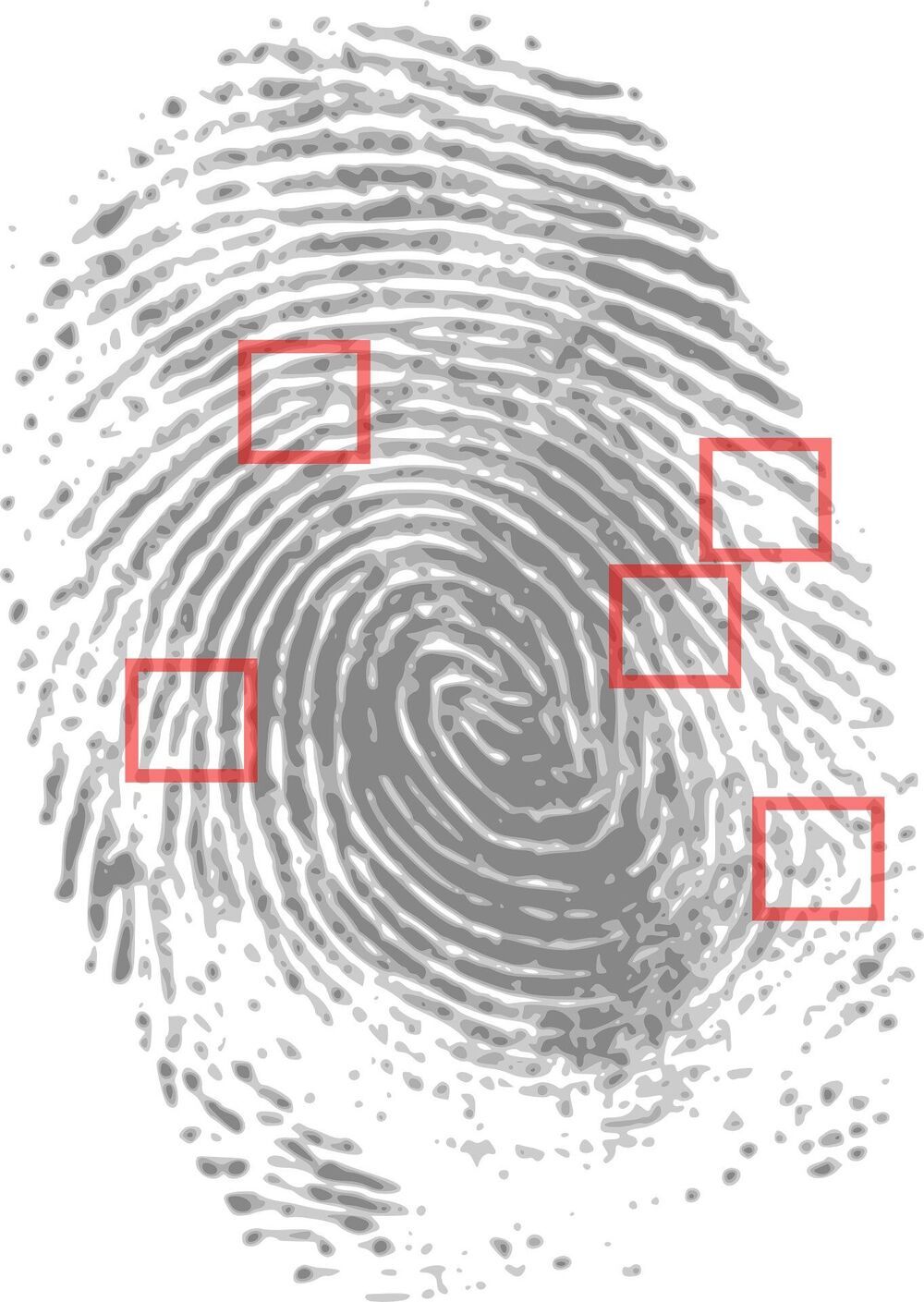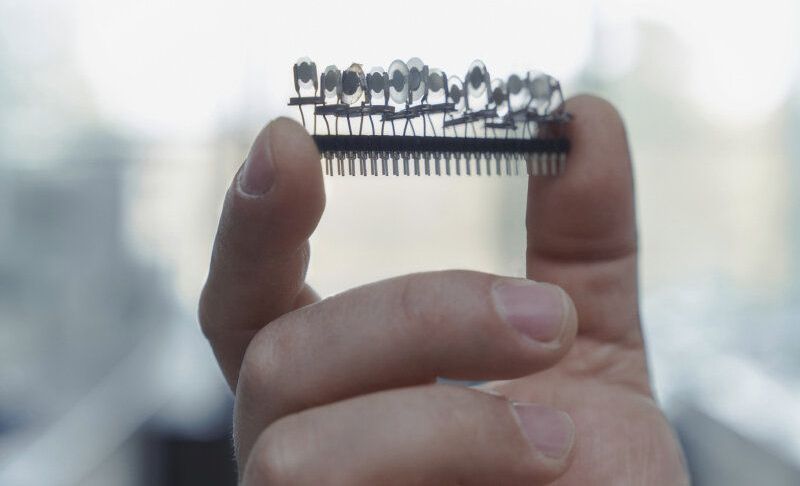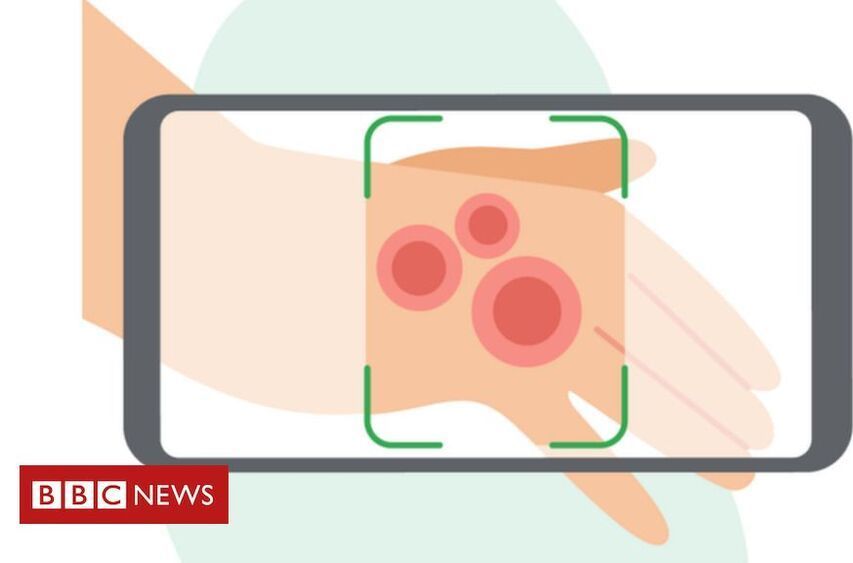
The continued growth of wireless and cellular data traffic relies heavily on light waves. Microwave photonics is the field of technology that is dedicated to the distribution and processing of electrical information signals using optical means. Compared with traditional solutions based on electronics alone, microwave photonic systems can handle massive amounts of data. Therefore, microwave photonics has become increasingly important as part of 5G cellular networks and beyond. A primary task of microwave photonics is the realization of narrowband filters: The selection of specific data, at specific frequencies, out of immense volumes that are carried over light.
Many microwave photonic systems are built of discrete, separate components and long optical fiber paths. However, the cost, size, power consumption and production volume requirements of advanced networks call for a new generation of microwave photonic systems that are realized on a chip. Integrated microwave photonic filters, particularly in silicon, are highly sought after. There is, however, a fundamental challenge: Narrowband filters require that signals are delayed for comparatively long durations as part of their processing.
“Since the speed of light is so fast,” says Prof. Avi Zadok from Bar-Ilan University, Israel, “we run out of chip space before the necessary delays are accommodated. The required delays may reach over 100 nanoseconds. Such delays may appear to be short considering daily experience; however, the optical paths that support them are over ten meters long. We cannot possibly fit such long paths as part of a silicon chip. Even if we could somehow fold over that many meters in a certain layout, the extent of optical power losses to go along with it would be prohibitive.”
















